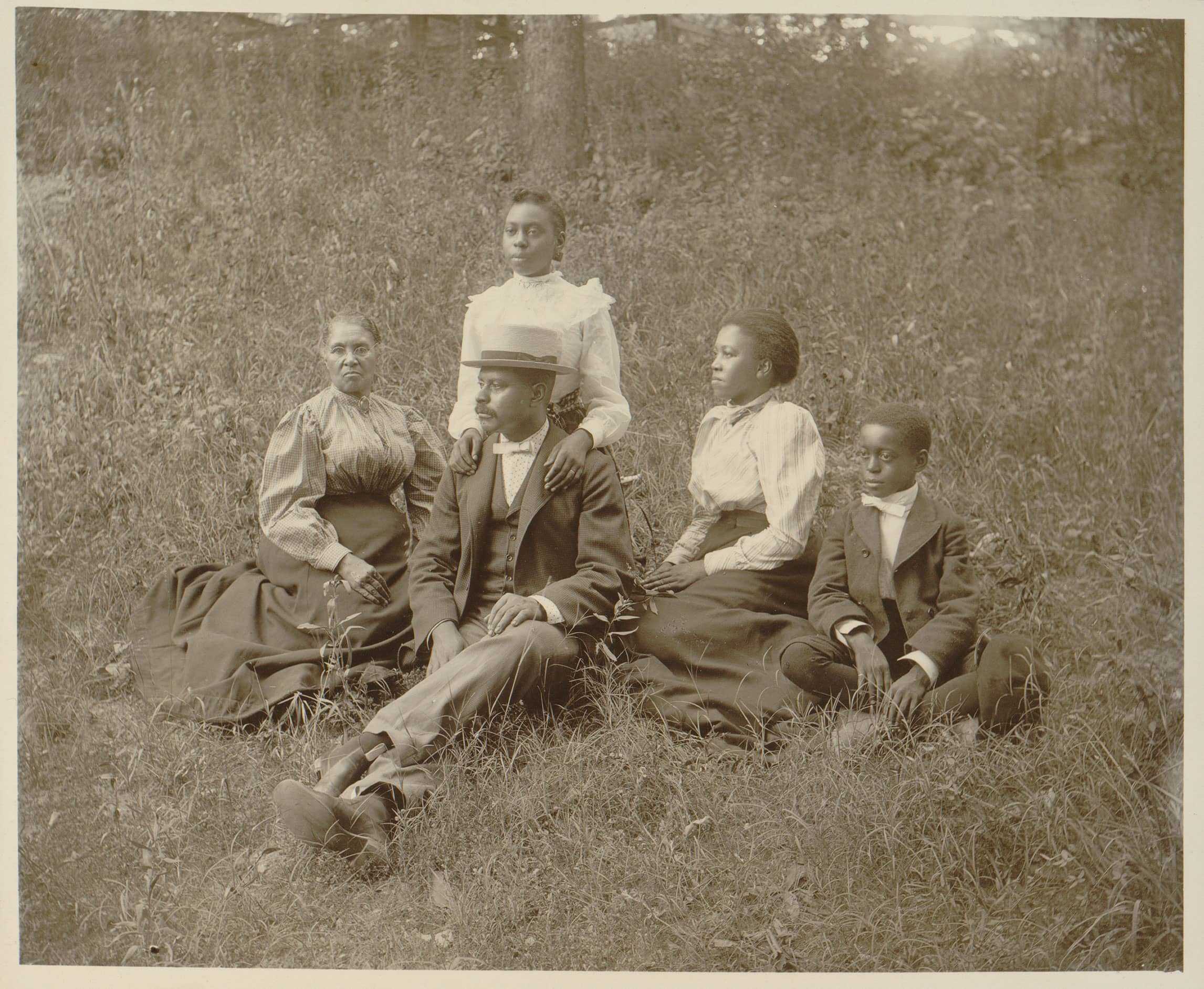Chapter 2
Creating Jim Crow
Jim Crow laws created the legal separation between white and Black America. Built on Black Codes from the 1800s, the laws dictated where African Americans could go to school, sit on trains, eat in restaurants, drink at water fountains, and use library books. In order to justify segregation, negative stereotypes of African Americans filled the media, advertisements, and even household products. Individual, community, and state-sponsored violence was used to enforce Jim Crow laws. Jim Crow laws remained in effect until the passage of the 1964 Civil Rights Act.
The Purpose of Stereotypes
"Mammy” and “chef” salt and pepper shakers
In the late 1800s and well into the 1900s, racist images were common on everyday items like toys, salt-and-pepper shakers, advertisements, and household figurines. The images served a common purpose—to justify the mistreatment of African Americans. They also enforced the logic of segregation, depicting African Americans as loveable and slow-witted, untrustworthy and childlike—people needing white oversight to not harm themselves or others.
The pervasiveness of stereotypical images made African Americans’ civil rights efforts difficult. In order to achieve full citizenship rights, Black Americans had to prove the stereotypes were false.
Blackface Minstrelsy
Sheet music cover featuring composer Thomas D. Rice in blackface as the original Jim Crow, ca. 1831
Minstrel shows were musical theater performances depicting African Americans as musically talented, fun-loving, intellectually inferior people. Developed in the early 19th century, the minstrel show was the first uniquely American theater style. The popular shows were performed by white actors wearing black makeup, and images of minstrels adorned advertisements, magazines, and sheet-music covers. One of these sheet-music covers was “Jump Jim Crow,” a popular 1828 song that introduced the term “Jim Crow” to the public. Minstrel shows remained popular for generations.
Rejecting Stereotypes
African Americans rejected the nefarious stereotypes of their culture. Black people were achieving academic accomplishments, investing in community growth, producing remarkable leaders and thriving institutions. They used photography, exhibitions, pamphlets, newspapers, and books to tell their stories and show the truth of African American humanity in the face of the stereotypes.
W. E. B. Du Bois Challenges Stereotypes
Moneybag infographic showing the values of African American land ownership
African American family posed for a portrait in Georgia
Historian, sociologist, and scholar W. E. B. Du Bois developed hand-drawn infographic charts to document the history and “present condition” of Black life for his “American Negro Exhibit” at the Paris Exhibition in 1900. Challenging persistent stereotypes woven deep into the fabric of American life and spreading globally, the exhibition was commissioned by Thomas J. Calloway and designed to counter racist historical narratives and depictions with factual information about Black life in America. Along with curated photographs, books and pamphlets, DuBois displayed these charts using graphs and data visualization to present a scientific method to analyze the past and present living conditions and progress of an underrepresented and newly emancipated people.
The whole idea of a stereotype is to simplify. Instead of going through the problem of all this great diversity—that it's this or maybe that—you have just one large statement; it is this.
Chinua Achebe




